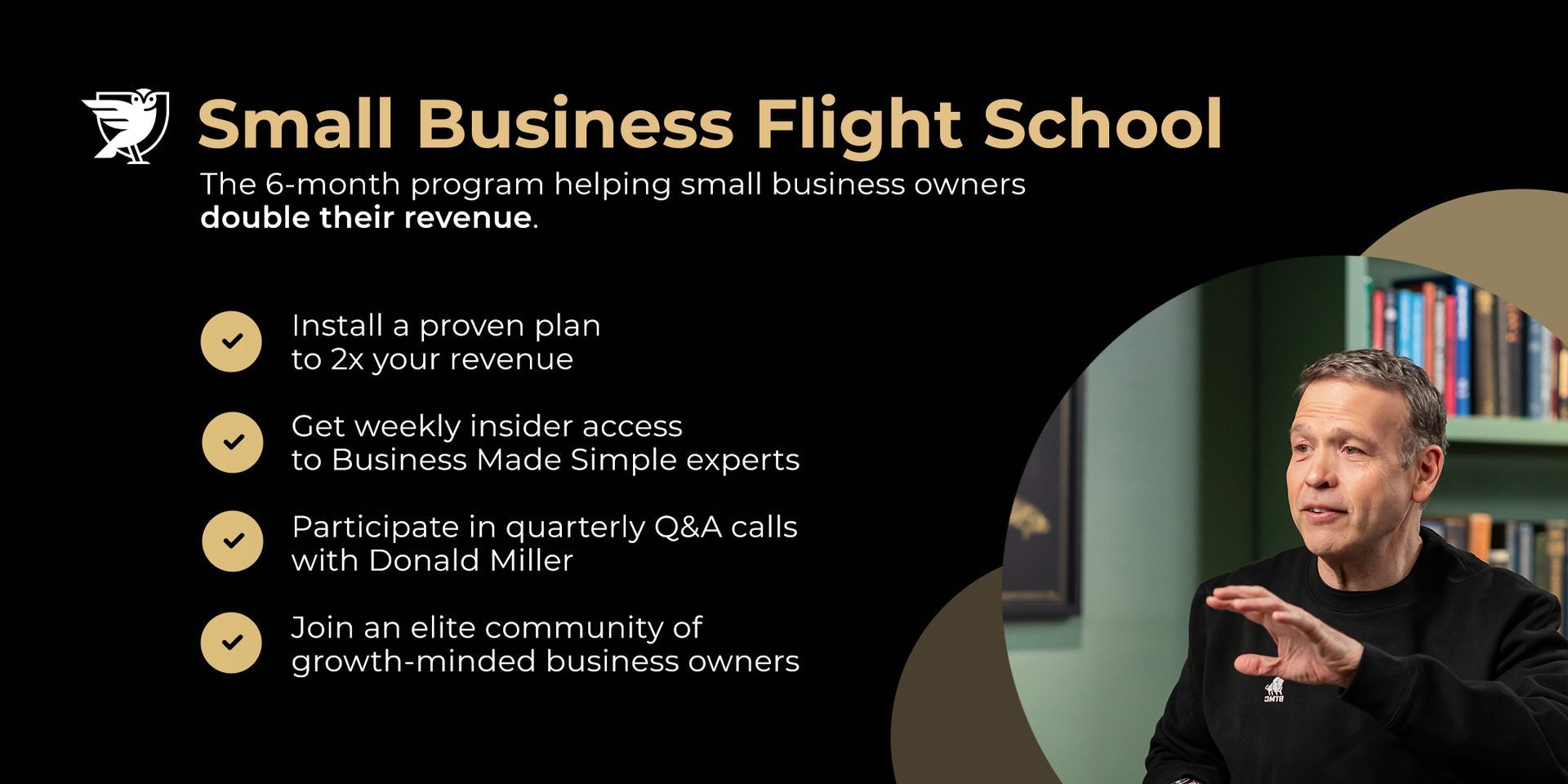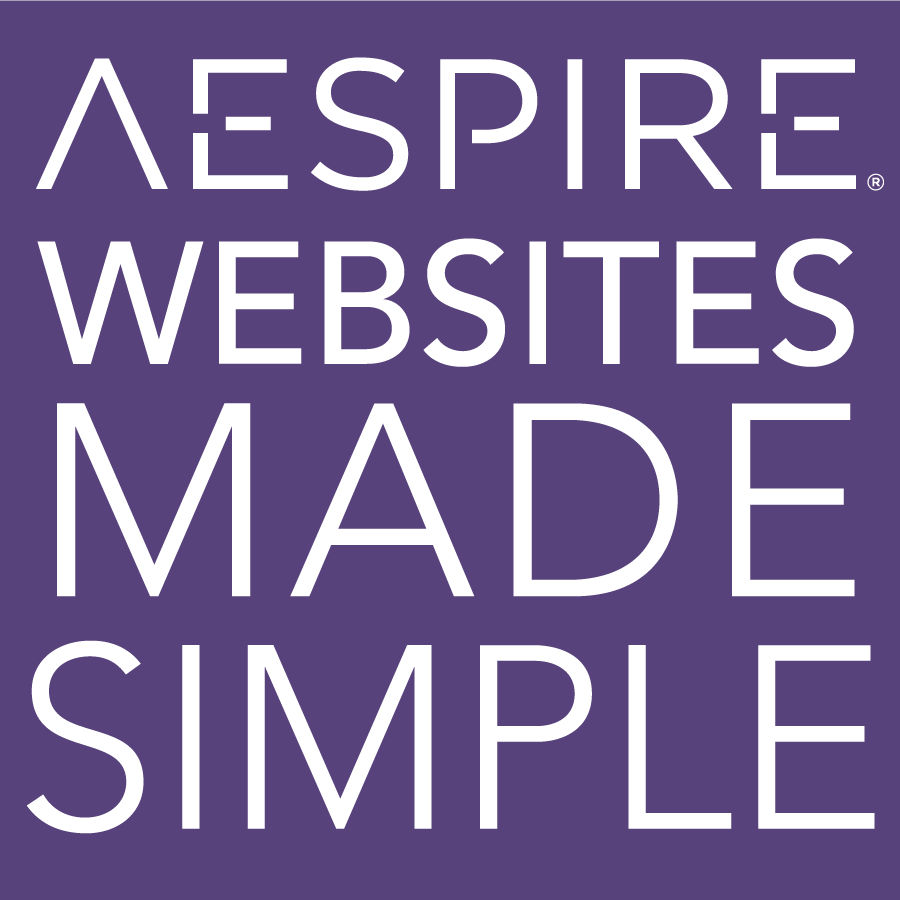Nonprofits with niche brand identities can learn a lot from businesses about how to make data-driven marketing decisions.
Branding is essential for marketing professionals at both for-profit businesses and nonprofit organizations. Those familiar with
branding basics know that a brand is far more than just a logo and consistent color scheme. Rather, branding consists of an organization’s value proposition(1) that explains why its target audience should engage with its products and services, while also differentiating it from competitors.
While businesses have a product to sell that provides value, nonprofits instead ask supporters to donate in exchange for only intangible personal rewards. This means that for nonprofits, the first step of establishing a brand identity—determining a target audience—can often be the most challenging.
Fortunately, with advances in nonprofit technology, charitable organizations can establish a strong brand identity by taking a data-driven approach to marketing. In this guide, we’ll explore how nonprofits, especially organizations with highly-specific missions, can craft a brand identity and leverage it to engage supporters.
Implement data collection practices
For-profit organizations conduct an extensive amount of market research to help inform their brand identities. This process involves analyzing competitors’ strategies, noting trends in consumer behavior, and conducting interviews with customers.
Nonprofits can determine their target audience by implementing similar strategies. Specifically, nonprofits should start by first looking at the data they’ve already collected on their audience. Use your
nonprofit’s CRM to analyze your current donors’ basic information. This includes demographic data, giving and engagement history, and any other information they may have shared with your nonprofit.
If you lack specific information or wish to gain more insight into why donors support you, try sending out surveys. These should be brief to encourage participation. Only ask questions about your most pressing brand concerns, such as how supporters discovered your nonprofit.
Going forward, you can standardize your data collection practices to learn more about new donors. While your donation form should be short to improve completion rates, you can send follow-up messages to new supporters that ask about their giving experience.
Nonprofits can also
leverage data append services to gather information they may be missing about current supporters. For example, you might purchase a social media append that will let you know which platforms your supporters are most active on.
Buy Now
Analyze your audience
Your nonprofit’s brand should be informed both by your organization’s mission and your audience’s values. For nonprofits with a niche brand, specific
aspects of your branding, such as your value proposition, may be set in stone. How you present that value proposition can vary based on your audience.
For example, a nonprofit with a mission to increase accessibility in its community by adding ramps to public buildings could frame its brand in several ways. They could present themselves as a champion of equality, a modernizing force, or a promoter of community unity.
Determine what brand identity is most likely to resonate with your audience by:
- Establishing multiple unique audiences. With your nonprofit’s supporter base, there are likely several sub-groups to consider. For example, the nonprofit that builds ramps would have audiences that include the elderly, business owners, activists who support accessibility, and disabled members of their community and their friends and family. You can determine your audiences by analyzing your current supporter base and identifying external stakeholders who are impacted by your mission.
- Identifying audience interests and needs. Conduct market research on your core audiences. You can accomplish this by sending surveys, hosting focus groups, and examining your pre-existing data. If your nonprofit has never formally conducted market research before, consider working with a
marketing consultant who is familiar with nonprofits. These consultants can help you create benchmarks, compose effective survey questions, and analyze your data.
- Determining which platforms your audience uses. Branding is about communication, which means nonprofits should determine which platforms will be most effective for connecting with supporters. When analyzing your audience, consider what communication channels they use and how you can create branded messages that will excel on those platforms. Additionally, consider which platforms provide thorough analytics and tagging tools. These can help you analyze your messages’ effectiveness and improve your discoverability, respectively.
Following these steps should allow you to create audience personas. Personas are hypothetical individuals that stand in for each of your specific audiences. Assess each of your audiences to identify trends in demographic information, needs, goals, fears, and other details that may be useful for forming a persona. You can then begin to focus your branding efforts to appeal to each of your personas, which can be far easier than attempting to market to a large, undefined crowd.
Remember that for a niche brand, your audience may be small. While expanding your audience is important, be sure not to cast too wide of a net. Focusing on a smaller group that is more likely to be interested in your niche brand will create more success and interactions than organizations that pitch themselves to a wide audience whose interests aren’t aligned with their core offerings.
Establish your brand identity
Establishing your brand identity consists of a few steps: deciding what your brand should be,
creating marketing materials that convey that brand, and sharing those materials with your audience. Consistent use of these brand marketing materials will help your organization build brand awareness and loyalty.
Start by synthesizing the information you collected about your audience. Then, assess your nonprofit organization as a whole and your overarching goals for your brand. Use this information about your audience and organization together to complete these steps:
- Convey your mission and values.
An
organization’s mission and values explain to supporters what its goals are and why those goals matter. For example, the nonprofit that implements ramps has a mission of making their town more accessible for the purpose of promoting equal access to public life. Essentially, clarify what your nonprofit does, why it’s important, and how it can affect the community surrounding it.
- Consider your audience’s perception of your brand.
Your nonprofit likely has multiple important values, and you can determine which to put at the forefront of your brand identity by considering your audience. While all of your values matter, keep in mind that the
values that resonate with an audience of city-based young professionals may not be as releveant as rural retirees and vice versa.
- Determine your value proposition. Your value proposition is your nonprofit’s pitch for support. It should clearly explain what your organization does and how supporters will benefit from donating. For nonprofits, your value proposition may rely on a non-tangible return. For instance, you may need to demonstrate your value through a
compelling impact story or by using empowering language that makes a donor feel good about giving.
With these steps completed, consider how you can incorporate your brand message into your
digital strategy. For a niche brand, this may involve targeting hyper-specific communication channels, such as joining online-based interest groups on topics relevant to your nonprofit or partnering with other organizations in similar fields.
Be conscious that establishing a brand identity is an ongoing process. Once you find your core audience, continue collecting data to better adjust your marketing. Both for- and nonprofit organizations go through rebrands as part of their natural growth as they and their audience change.
Whether your nonprofit is launching a new brand identity or
pivoting your current one, use your data to make informed decisions about your supporters’ values and interests. Leverage your software to collect key information about your supporters and consider working with a consultant to gain deeper insights into your data. When you do launch your brand, continue tracking supporters’ engagement to determine its success and be ready to fine-tune your approach as your audience grows and changes.
This guest post is by Carl Diesing, Managing Director,
DNL OmniMedia. Carl co-founded DNL OmniMedia in 2006 and has grown the team to accommodate clients with ongoing web development projects. Together DNL OmniMedia has worked with over 100 organizations to assist them with accomplishing their online goals. As Managing Director of DNL OmniMedia, Carl works with nonprofits and their technology to foster fundraising, create awareness, cure disease, and solve social issues.
*For Further Consideration
Aespire welcomes guests posts from time to time by invitation. We always offer deeper insight from Brian Sooy into the article’s topic.
How can a nonprofit identify its unique value proposition and communicate it effectively to their audience? A value proposition is how any business proposes to create value. (Nonprofits are businesses with tax-exempt status. “Nonprofit” is a tax status, not a business model!).
- First, a nonprofit has to identify who it creates value for
- Second, a nonprofit has to identify what it creates value for — what's the outcome it's driving toward?
- Third, a nonprofit has to articulate why it matters.










